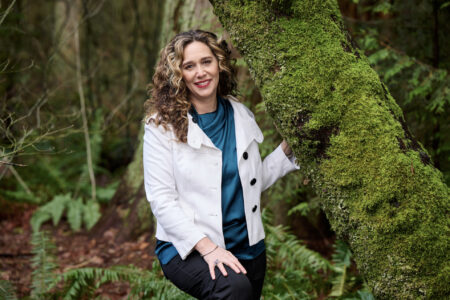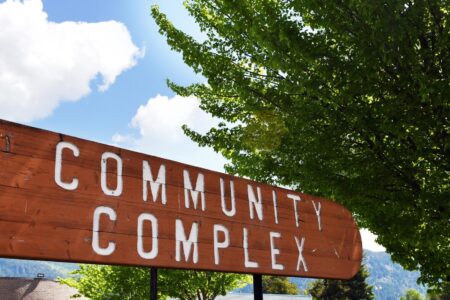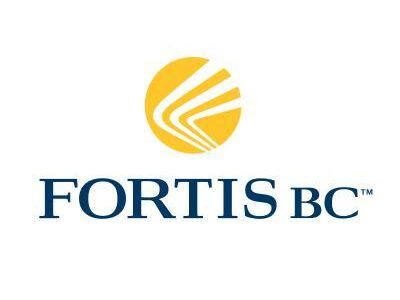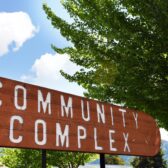More Questions about Water Ownership
Since 2005, Eileen Delehanty Pearkes has researched and explored the natural and human history of the rivers of the upper Columbia River Basin.
She speaks frequently at conferences and symposia throughout the Basin on the history of the Columbia River Treaty and its effects on Basin residents. She has recently completed a manuscript titled A River Captured – history and hydro-electricity in the upper Columbia Basin.
An American by birth, Pearkes has been a resident of Canada since 1985 and Nelson since 1994. She has written many articles and several books that explore place and its cultural meaning.
The Geography of Memory, a history of the landscape and indigenous people of the upper Columbia watershed published in 2002, remains a Kootenay classic.
Pearkes has agreed to help The Nelson Daily readers understand the importance of the Columbia River Treaty to the region with another edition of River Talk.
Today the river historian continues the topic about water ownership.
The previous column explored the concept of river ownership with a look at the sparring between the provincial and federal levels of government in Canada in the 1960s. Their dispute certainly influenced the outcome of the 1964 Columbia River Treaty.
Ownership on an entirely different level may influence the future shape of the CRT, especially after a Supreme Court of Canada ruling last week.
On June 26, 2014, the Supreme Court announced a unanimous and historic decision concerning the Tsilhqot’in First Nation in the central interior of this vast province.
Their decision found that indigenous peoples have title to crown (government-owned) land even if it is or has been used by a tribe only occasionally, rather than inhabited year-round in a settled way.
It’s important to note, however, that “title,” in this court decision, does not mean “ownership.” Title refers to the inherent rights and responsibilities of use as embedded in aboriginal culture.
The 8-0 decision expands beyond another decades-old, court-tested requirement to “consult” with First Nations over resource development.
The new standard on land where aboriginal title has been is “consent.” There is now a much greater burden on the government to justify resource projects. This has potentially vast implications for future resource development, including hydro-power.
See story.
Given my absorption in Columbia River Treaty history and culture, it didn’t take me long to apply the news about the Tsilhqot’in to the great Columbia River and its major tributary, the Kootenay.
The two rivers drain snowmelt from three Canadian mountain ranges (the Monashees, Selkirks and Purcells) and the west side of the Rocky Mountains. They feed with cyclical abundance those Canadian dams responsible for producing half the power used by the province of B.C.
There is a complicating factor in understanding aboriginal title on the main stem of the upper Columbia River.
A map hangs on my wall of the trans-boundary Columbia Basin, indicating the location of Indian Reservations and Indian Reserves in Canada and the U.S. The curious thing about this map is that the main valley of the upper Columbia Basin in Canada draws a big blank.
No reserves.
No obvious reference to historic inhabitation or aboriginal title by indigenous people.
Many readers may already know the reason why this and other maps leave a gap. In 1956, the federal Canadian government declared “extinct” the Arrow Lake Indian Band. At the time, many relations of those on the band roster still existed as members of what is today known as the Sinixt tribe, they just didn’t live on that particular spot.
The rapid move by the government to “extinct” an Indian band of Sinixt people was made possible by the colonial – even racist – atmosphere of the time. In the 1950s, this country was still commonly known as “the Dominion of Canada” a term that reflected a controlling attitude toward the land rooted in Judeo-Christian culture.
Settlers from Europe who held dominion over the land did so with Biblical authority. The indigenous tribes, they believed, would eventually be assimilated and absorbed. Extinction was a bureaucratic term supporting this inevitability.
But assimilation did not happen. Half a century later, B.C. tribes have not only survived as distinct, they have even begun to assert their inherent rights through the courts.
Languages on the brink of disappearing are being resurrected. Cultural practices and pride are resurging. A case in point is the contemporary, successful efforts by the Okanagan Nation Alliance (B.C.) in partnership with the Colville Confederated Tribes (Washington State) to restore ocean salmon to the Okanagan River.
An extinct Arrow Lakes (Sinixt) man recently launched a land title case in the B.C. courts. Rick Desautel wants to travel up from the state of Washington to hunt and fish without a provincial license, practicing an inherent right to access the land and resources of his ancestors.
This case may test Canadian law further by asking whether a person’s tribal identity as Arrow Lakes can trump his contemporary nationality as American.
Who owns the Columbia River?
The government?
The indigenous tribes?
The settlers who now call it home?
Or, is the concept of ownership hopelessly outdated?


























